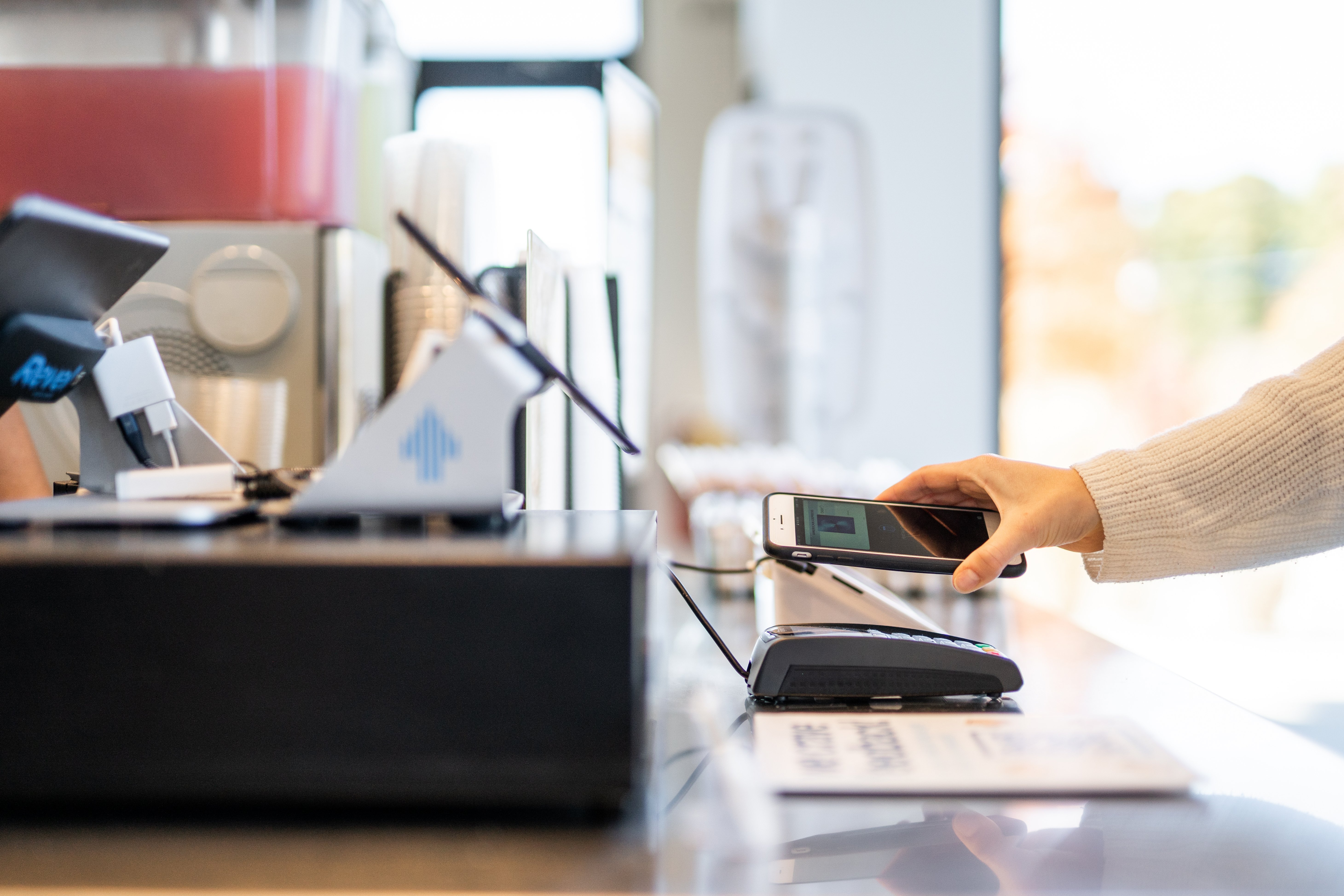Call Sales: +1 (833) 437-3835
Call Sales: +1 (833) 437-3835
Revel Blog Main Feature
This guest blog post was contributed by Revel Payments Sales Executive Brianna Ticknor. Brianna uses her expertise in the payments industry to help Revel clients select the best payment solutions for their unique businesses.
Read More
Recent changes in consumer behavior have revolutionized how restaurants serve customers. Just look at the stats: global revenue from online food delivery is predicted to reach US$1.79 trillion by 2028 – that’s a compound annual growth rate of 10.06% over four years.
Cory Plachy
7 Minute Read
Traditional marketing tends to treat each channel as a separate entity: online users get one experience, retail shoppers another, and social media users another. An omnichannel retail strategy unifies marketing, offering a personalized shopping experience across all customer touchpoints online and...
Coral Drake
5 Minute Read
Strategies for Maintaining Brand Consistency Across Multiple Locations Building and maintaining brand consistency is essential if you want your company to expand, whether you’re opening multiple corporate locations or starting a franchise. Without a unified brand experience—in-store and online—your...
Coral Drake
5 Minute Read
Customers tend to listen to other customers, and online reviews are hugely influential. It’s therefore more important than ever to be aware of what people are saying about your brand online.
Jessica True
9 Minute Read
As the world gets smaller, the global market gets more accessible. World markets today offer a wealth of opportunities to business owners looking for new places to expand. However, international business can be risky as well. Here are some global business strategies to set you up for success in...
Coral Drake
6 Minute Read
Customer data collection is essential for today's merchants. It can help inform a wide range of decisions as well as gauge various aspects of your operation. But how happy are you with the quality of that data? Do you ever feel you could improve the quality and thus see improvements in the areas...
Jessica True
7 Minute Read
Corporate social responsibility (CSR), is too often seen by management as a luxury or a weakness. However, in reality, good business ethics pave the way for bigger and more reliable profits and “free” marketing with extremely high conversions. It can also help your business attract the best talent...
Coral Drake
6 Minute Read
Are you running a business on a budget? No problem. With innovative marketing strategies, you can see a huge return on your investment while spending much less than you might expect.
Coral Drake
5 Minute Read
Online reputation is important for any business, but when it comes to restaurants, it is absolutely vital. Think about yourself as a consumer: how often do you check reviews online or search for a menu before dining out?
Jessica True
7 Minute Read
Meet Professional Services Consultant Josh Starkey Get to know some of the best and brightest at Revel Systems® in our recurring “People POS” question-and-answer series. Our previous spotlight featured Kotryna Anilionyte, a talent acquisition specialist based at our European headquarters in...
Julie Standridge
5 Minute Read